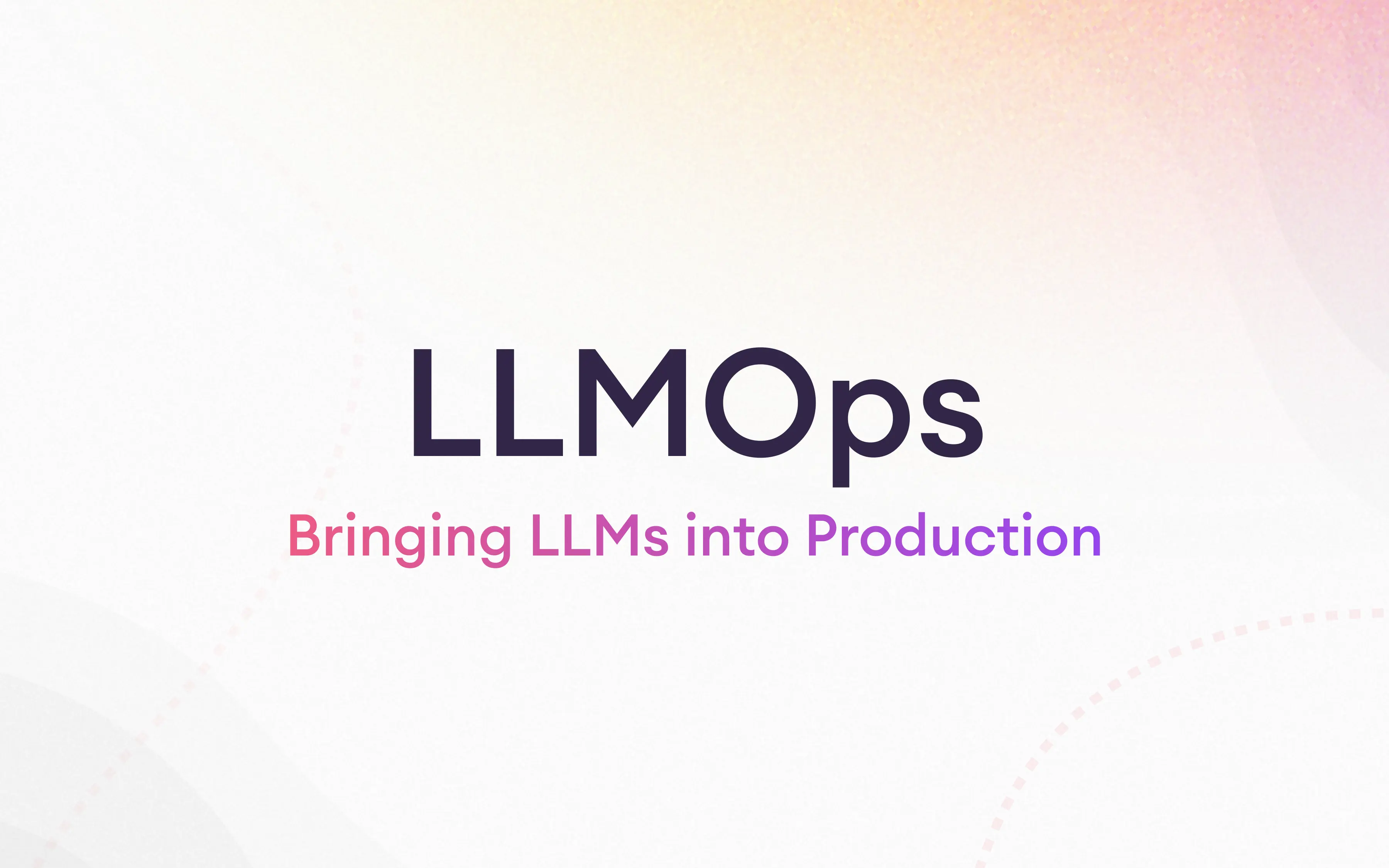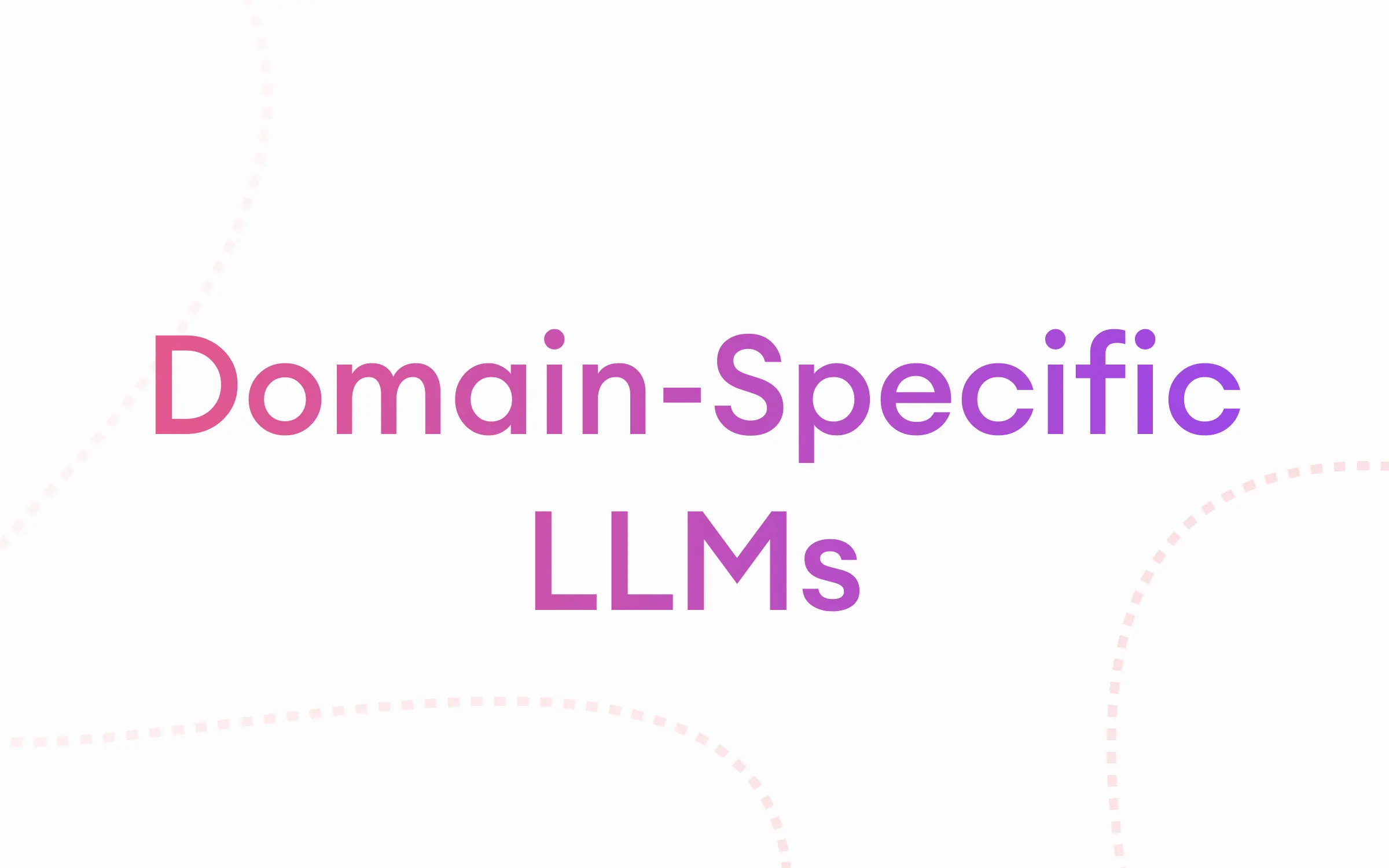When setting up a language model for specific tasks, two key approaches often come into play: retrieval augmented generation (RAG) and fine-tuning. Each method brings distinct advantages, and choosing the right one is crucial for the model’s performance in targeted environments.
In this article, we'll explore both RAG and fine-tuning in detail. We’ll understand the fundamentals of each method, examine their performance under various conditions, and identify which types of challenges each is best suited to address. By the end of this discussion, you'll gain a better understanding of which approach might be more suitable for your AI project, particularly if your priorities include speed, accuracy, or adaptability.
What is retrieval augmented generation (RAG)?
Retrieval augmented generation (RAG) is a method where the language model works alongside a search engine to pull relevant information in real time as it processes a query. Essentially, it searches through a database or collection of documents to find information that adds context and helps the model craft its responses.
RAG has four main components:

- Embedding model: When a user submits a question, it's processed using vector embeddings—numerical representations of the data.
- Retriever: The retriever searches through these embeddings to find the most relevant documents from the vector database.
- Reranker (optional): The reranker then assesses these documents to score their relevance to the query, ensuring the information aligns closely with the user's needs.
- Language model: The language model takes the retrieved (and possibly reranked) documents, combines them with the query, and generates a precise answer.
RAG pros
- Up-to-date and relevant answers: Unlike standard models that might give outdated or irrelevant responses, RAG uses the latest information from various sources.
- Less hallucinations: By regularly updating its database, RAG helps prevent the model from giving incorrect answers based on old or incomplete data.
- Sources: RAG shows where its information comes from, which helps build trust and lets users explore topics further if they want to.
- Low maintenance: Once set up, RAG updates itself with new data, reducing the workload for developers.
- Innovative Features: RAG can enable new functions in products that improve user experience and engagement.
RAG cons
- Needs preprocessed data: RAG requires a large database of pre-processed data, which can be an extensive resource commitment.
- Complicated interaction between systems: Setting up and maintaining these databases involves complex interactions and can come with additional latency between systems.
When to use RAG?
RAG is best for retrieval tasks, especially when you need up-to-date and precise information. Particularly, you might need RAG for:
Better detail and accuracy: RAG really shines when you need detailed and correct answers. It looks up relevant information while generating responses, making sure the answers are both smart and specific. This is especially useful in fields like medical research or legal document review, where precision is crucial.
Dealing with complex questions: If you're dealing with tough questions that need a lot of knowledge or checking different facts, RAG can handle it by searching through lots of data to find the right answers. This capability is great for applications like language translation or educational tools, where understanding context is key.
Keeping information consistent: In areas like law or healthcare, where it's important to keep information consistent, RAG helps by using trusted documents. This keeps the answers reliable and accurate, which is essential for chatbots in customer service, where maintaining a consistent brand voice and accurate information is critical.
Up-to-date responses: If you need the latest info in your answers, RAG is useful because it constantly updates its responses based on the newest data it finds. This feature is particularly beneficial in fields that require staying current with the latest developments, like medical research.
Tailored answers: You can set up RAG to look up information from specific places, making it perfect for fields that need very accurate and relevant answers. This makes sure the model gives responses that are not just correct but also really useful for your specific situation, such as in educational tools where personalized learning experiences are key.
What is fine-tuning?
LLM fine-tuning is the process of taking a pre-trained language model and further training it on a smaller, specialized dataset. This method is designed to adapt the general capabilities of the model to specific tasks or industries by adjusting its parameters to reflect the nuances of the target domain.

Fine-tuning pros
- Customization: It allows for high levels of customization, making the model more relevant to specific tasks.
- Less token usage: Your context window won't be filled up with huge prompts.
- Improved performance on specific tasks: Targets the peculiarities of a dataset, enhancing the model’s performance in specific applications.
Fine-tuning cons
- Resource intensive: It can be expensive and timely because it needs a lot of computing power and data.
- Overfitting: The model might learn the training data too well and not perform well on new, unseen data.
- Data dependency: The results heavily depend on the quality and relevance of the data used for training.
- Maintenance: You need to keep updating and monitoring the model to make sure it stays effective as data and needs change.
When to use fine-tuning
Fine-tuning is a must if you need to align the model with your business-specific needs, tone of voice, writing style, and a lot more:
Domain adaption: LLMs are knowledgeable, thanks to their broad training, but they might not know the unique language or details of your sector. Fine-tuning helps the model better understand and generate content that fits your specific business requirements.
Precision and accuracy: Accuracy is crucial in business, where even small errors can have significant consequences. By training the model with your business-specific data, you can greatly enhance its precision, ensuring that the outputs closely align with your expectations.
Customized user interactions: For roles involving direct customer interaction, such as chatbots, fine-tuning allows you to adjust the model to reflect your brand’s voice and guidelines, ensuring a consistent and engaging customer experience.
Control over data: General models might use publicly accessible data, posing a risk if sensitive information is involved. Fine-tuning allows you to limit the data the model uses, enhancing content security and preventing inadvertent data leaks.
Specialized situations: Each business faces unique, critical situations that a broadly trained model may not address well. Fine-tuning ensures the model is well-equipped to handle these niche scenarios more effectively.
A lot about fine-tuning seems to be common with RAG, but we'll delve into the differences in later sections.
LLM hallucinations: Why do you need RAG and fine-tuning?
There are many things you definitely don’t want your chatbot to do, including causing LLM hallucinations, producing toxic outputs, spouting hate speech, or leaking your company’s private data. Remember when Air Canada’s chatbot falsely promised a refund while actually charging full price? Or when the DPD parcel delivery’s chatbot swore at a customer?
If your chatbot is hallucinating or you spot errors while evaluating the LLM, it's a clear sign that you need to fine-tune or use RAG on your system. This ensures that your model aligns with your preferences. LLM application builders also use a technique called LLM red teaming to discover vulnerabilities in the system and address them.
Now, let's get to the core question: when should you use RAG versus fine-tuning?
RAG vs. fine-tuning: Which one to choose?
As we’ve learned, both RAG and fine-tuning are ways to make your LLM better at certain things. They have the same big goal but work differently. To figure out which one is best for your project, here are some feature comparisons of RAG vs.fine-tuning.

Knowledge updates: RAG is like your always-updated AI assistant, integrating the latest information without needing frequent retraining. This makes it ideal for industries where staying current is crucial. Fine-tuning, on the other hand, is more like a specialist trained for a specific job. It excels within its domain but requires periodic updates and retraining to keep up with new information.
Data Integration: RAG is a data chameleon adept at blending a vast range of external information seamlessly into its responses. It handles both structured and unstructured data with ease. Fine-tuning, however, prefers its data to be well-prepared and polished, relying on high-quality datasets to function effectively.
Reducing Hallucinations: RAG’s answers are rooted in reality, thanks to its direct data fetching, which minimizes made-up or incorrect information. Fine-tuning, while generally reliable, can occasionally produce incorrect or imaginative answers, especially with complex or unusual queries that weren’t covered in its training data.
Customization capabilities: RAG sticks to the script, but it may not be fully customized for model behavior or writing style. Fine-tuning, in contrast, can be tailored down to the finest detail, including writing style and domain-specific terms, allowing it to meet the exact needs of a given scenario.
Interpretability factor: With RAG, you can easily trace how it went from question to answer, making it an open book in terms of interpretability. Fine-tuning, though capable of impressive results, can sometimes be like a brilliant magician—amazing, but not always clear on how the results were achieved.
Latency: RAG involves heavy data retrieval, which makes it thorough but sometimes slow, leading to higher latency. Fine-tuning is quicker, as it doesn’t need to retrieve data and can deliver answers almost instantly, although it requires significant setup initially.
Ethical and privacy considerations: RAG’s extensive data reach means it must be handled carefully to protect privacy. Fine-tuning, with its focus on specific datasets, also has challenges in ensuring that the data it learns from is used responsibly.
Scalability: RAG easily scales to handle large volumes of data from multiple sources. Fine-tuning requires careful data management and model training, which can be more resource-intensive when scaling to larger datasets.
Hybrid approaches: RAG + fine-tuning
In some cases, combining RAG and fine-tuning can yield the best results.
Retrieval augmented fine-tuning (RAFT): For example, using RAG to retrieve relevant information and then fine-tuning the model on that data (RAFT) can lead to more accurate and tailored outputs.

Fine-tuning an RAG component: If you want to improve your RAG system, you can find its defective component and fine-tune it separately.
Final thoughts
When choosing between RAG and fine-tuning for your project, think about your specific needs. RAG is a good fit if you need your model to stay up-to-date and handle a wide range of data. It's especially helpful in fast-changing environments where accuracy and timely information are crucial.
Fine-tuning, on the other hand, works best for tasks that require specialized, precise responses. It's ideal for situations where your model needs to follow specific guidelines or operate within stable, consistent data.
In the end, your choice depends on whether you prioritize adaptability and broad knowledge (RAG) or precision in a specialized area (fine-tuning). Sometimes, a mix of both approaches can be the best way to balance staying current with accuracy. Consider your project's unique demands, the resources you have, and your long-term goals to make the best decision.






